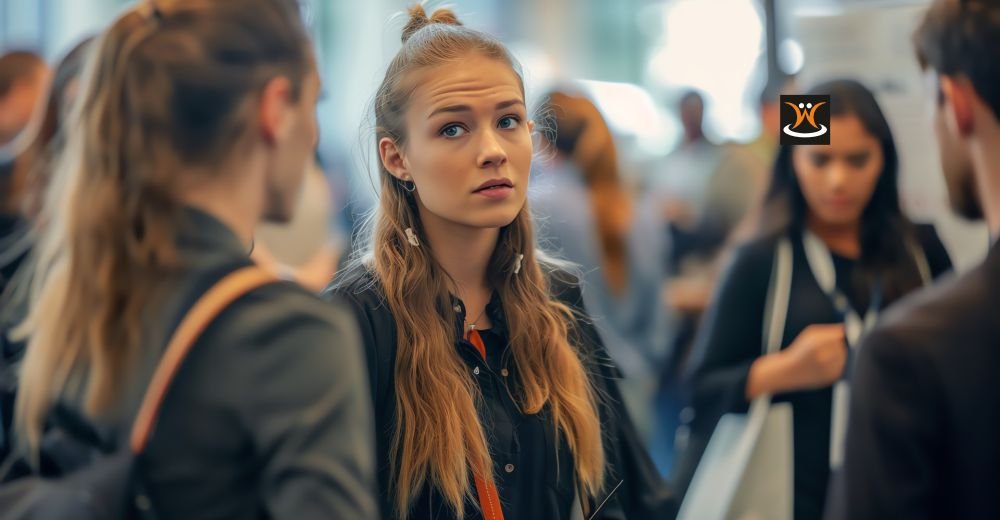Building Fair Access
Education has always been seen as one of the strongest foundations for equality. It opens doors, creates opportunities, and helps individuals move beyond social or economic barriers. Simultaneously, it is critical to create an equal society. Education and Social Justice are in a relationship where they ensure that learning is not a privilege of a few individuals, but a right of everyone.
This article analyses the relationship between education and social justice, highlighting previous barriers, fundamental fairness ideas, policy reforms, teacher roles, and the way forward to achieve equality.
Understanding Social Justice in Education
Social justice in education is rooted in fairness. It ensures that every learner, whether they are from a city or a village, rich or poor, male or female, living with or without disabilities, has access to high-quality learning. It is not just about teaching academic subjects but also about preparing students to take part in society, find meaningful work, and participate as responsible citizens. Education reflects the society around it, but it also has the power to change that society by challenging inequalities.
Historical Barriers to Access
The connection between Education and Social Justice has developed through centuries of struggle. For long periods, large groups of people were denied the right to education, keeping them trapped in poverty and dependence.
The most common barriers were:
Gender discrimination – Girls and women were frequently not allowed to attend schools and universities.
Racial segregation – In most societies, children were divided based on their race, with unequal resources and low-quality schools for minorities.
Gaps in the region – Rural areas tended to be undersupplied with schools and teachers, and entire regions were left behind.
Economic barriers – Tuition fees, uniforms, and books were too expensive for poor families.
Instead of breaking down divisions, education in these contexts often widened them. Generations of children were denied the chance to move forward simply because of who they were or where they were born.
Education as a Pathway to Justice
When it is shaped with fairness in mind, education becomes a powerful tool for change. It not only provides knowledge but also builds empathy, confidence, and awareness. These qualities help young people to question injustice and imagine better futures.
These are the values that support the relationship between Education and Social Justice:
Access: All kids should be granted access to school.
Inclusivity: The teaching must be culturally sensitive and able to satisfy and address the needs of every learner.
Fairness: The support and resources should be delivered to the groups that need the most.
Empowerment: The students need to be educated on their rights and responsibilities, and the way to participate in democratic life.
Living by these principles makes education not a mere personal lifelong betterment but a phenomenon that changes whole societies to deliver living, breathing citizens ready to bring change into the world.
Policy Innovations for Fair Access
Over the years, many governments and communities have taken important steps to close the gaps in education, demonstrating how policy can bring social justice closer to reality. Free and compulsory primary education has ensured that no child is left out at the basic level, while scholarships and financial aid have supported students from low-income or minority backgrounds.
The curriculum reforms that give prominence to different cultures and different histories have tried to minimize bias in classrooms, and increased participation of the community has given parents and local groups a chance to contribute significantly to the running of schools. Collectively, these solutions demonstrate that an education policy that is informed by equity can transcend the divides and give a new hope to those who are disadvantaged.
Future Directions
Education needs to keep developing to achieve a more equitable system that meets the needs of the changing times. Increasing the number of people with access to the internet and new technology is critical in ensuring that every child will be able to participate in digital learning, regardless of their location. Meanwhile, educators must be trained continuously to be able to adjust to various classroom settings and offer learners inclusive learning opportunities.
Research and data should be instrumental in determining where inequalities exist and how to formulate policies that can deal with them. It is also essential to empower the students by giving them a platform to raise their voices by involving the youth in curriculum development, school administration, and anti-bullying or anti-discrimination campaigns. Together, these strategies can transform Education and Social Justice from an aspiration into a lived reality.
Conclusion
Education has the power to drive fairness and equality when it is based on empathy, inclusivity, and empowerment. Strengthening the bond between Education and Social Justice requires more than opening the doors of schools; it requires systems that close gaps and offer real opportunities to all learners.
When barriers are broken, education becomes more than a path to knowledge. It becomes the foundation of a fairer and more sustainable future, where every individual has the chance to rise and contribute to society.




